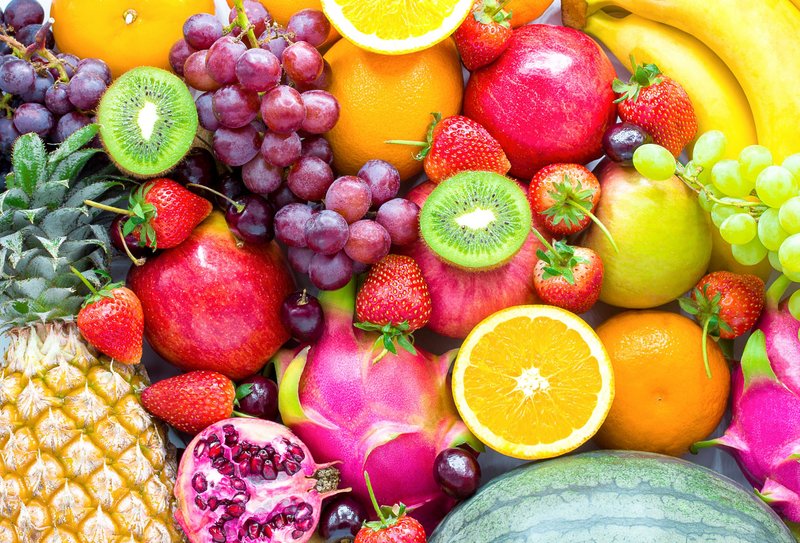
Picture a superhero in the animal kingdom, using their unique skills to navigate challenges. Fruit bats, in particular, have flourished in various ecosystems, from tropical jungles to arid regions. Their ability to adapt not only helps them survive but also plays a crucial role in the environment—just like gardeners who help plants grow. Let’s dive into how these remarkable creatures manage to thrive under such tough conditions.
Adaptations for Extreme Temperatures
One of the most impressive things about fruit bats is their ability to handle extreme temperatures. In places where the sun blazes down, many animals would dehydrate quickly. However, fruit bats have a feathery coat of fur that helps regulate their body temperature. It’s not just for looks! This fur acts as insulation, providing warmth at night when temperatures drop and helping them to cool off during the day.
To beat the heat, these bats have developed a behavior called *aerial cooling*. This means they flap their wings even when not flying, which helps to circulate air around their bodies. Think of it like a built-in fan, keeping them cool while they hang out upside down. You might be wondering how this all ties into their diet. Well, fruit bats primarily consume fruits and nectar, which are often found in shaded areas. This dietary choice helps them stay hydrated, reducing the risk of overheating.
Navigating Food Scarcity
During dry seasons or in challenging environments, finding food can be tricky for any animal. However, fruit bats have a knack for locating food even when it seems scarce. They have an incredible sense of smell, which helps them sniff out ripe fruits from miles away. Imagine having a superpower that allows you to smell a pizza cooking from your home; that’s how refined their abilities are!
Additionally, some species of fruit bats are known to travel long distances in search of food. They can migrate hundreds of miles, using their keen eyesight and memory to remember the locations of food sources. This not only helps them survive in tough conditions but also benefits the ecosystem, as they help pollinate plants and spread seeds as they forage. When they munch on fruit, they take part in a natural cycle that supports the growth of new trees.
Social Structures and Cooperative Behavior
Another fascinating aspect of fruit bats is their social behavior. They often form large colonies, sometimes numbering in the thousands. This isn’t just for company; it’s a smart survival strategy. By roosting together, they can share body heat during cooler nights and keep an eye out for predators. There’s something comforting about having a group of friends around, right?
Within these colonies, communication plays a key role. Fruit bats engage in vocalizations and body language to signal each other about food sources or threats. This cooperative behavior enhances their chances of survival, especially in harsh environments where resources are limited. It’s kind of like having your own team where everyone looks out for one another—making survival a collective effort.
Adaptations for Water Conservation
Water is life, and fruit bats have developed brilliant strategies to conserve it. In arid environments where water sources may be few and far between, these bats have learned to adapt. Their kidneys are efficient at filtering out waste while retaining as much water as possible. This means they can survive on very little water, relying on the moisture found in the fruits they consume.
In addition to their biological adaptations, fruit bats use intelligent behavior to ensure they get enough moisture. They often forage in areas with abundant fruits that contain high water content, particularly during the hottest parts of the day. This is a savvy strategy that helps them stay hydrated without risking exposure to the sun. It’s like choosing a shady cafe on a hot day rather than sitting outside!
Understanding Their Role in Ecosystems
Fruit bats do more than just survive; they play a vital role in maintaining the health of their ecosystems. By pollinating flowers and dispersing seeds, they contribute to the growth of trees and plants, which in turn support countless other species. Their presence is like a thread in the fabric of nature, weaving together various elements of the ecosystem.
For example, when fruit bats consume fruits and later drop the seeds, those seeds can sprout into new plants, ensuring that future generations of trees continue to thrive. This not only helps the forest but also provides food and shelter for other wildlife. In many ways, fruit bats act as unsung heroes, quietly doing their part to keep the environment balanced.
Challenges and Conservation Efforts
Despite their resilience, fruit bats face significant challenges. Habitat loss, hunting, and climate change pose ongoing threats to their populations. As human activities encroach on their natural habitats, these bats find it increasingly difficult to survive. Conservation efforts are essential to protect these incredible creatures and the ecosystems they support.
Organizations and communities around the world are working to raise awareness about the importance of fruit bats. Initiatives include creating protected areas, promoting sustainable practices, and educating the public about their ecological roles. These efforts aren’t just about saving bats; they’re about preserving the delicate balance of nature.
Fruit bats are a remarkable example of how life can thrive in harsh environments. With their unique adaptations, social behavior, and ecological importance, these animals demonstrate resilience and resourcefulness. By understanding how fruit bats survive and recognizing their value, we can appreciate the delicate interplay of nature and work towards ensuring a future where these incredible creatures continue to thrive. As we take steps to protect our planet, let’s remember the role that fruit bats play in our world—small yet mighty in their contributions to the ecosystem.

